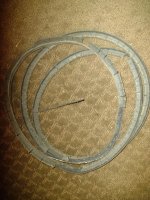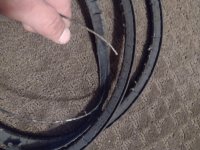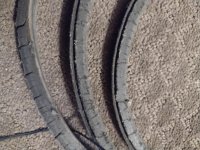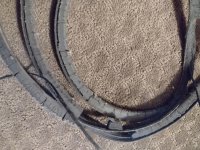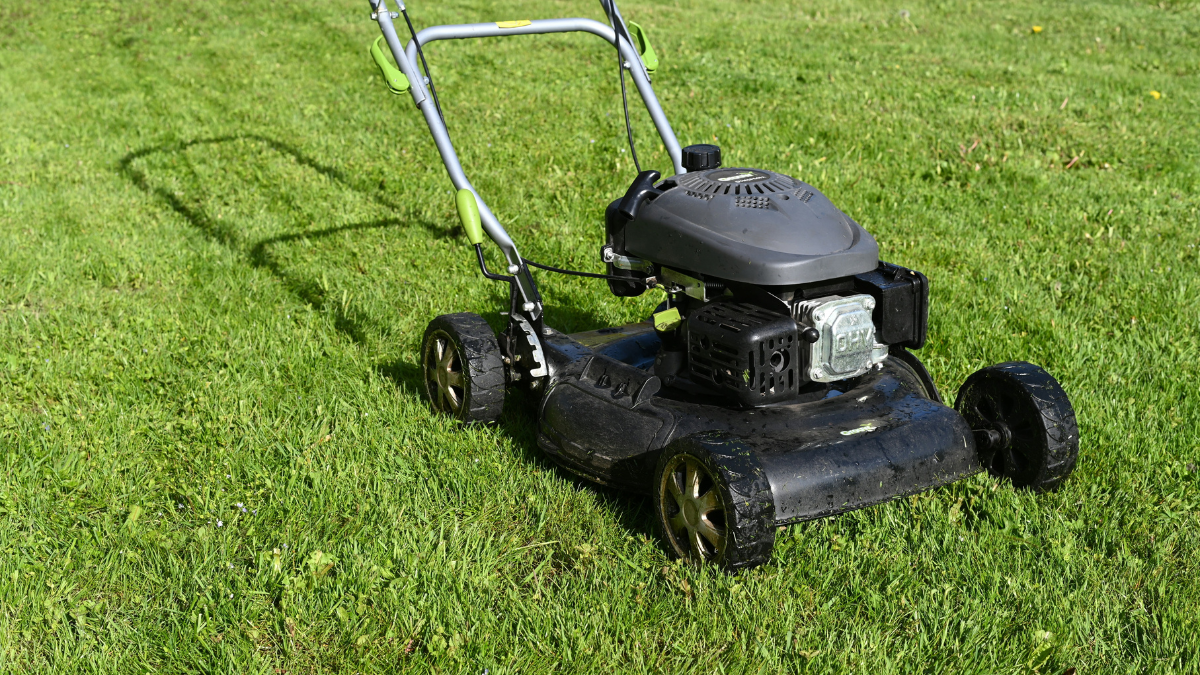Yep, most DIY articles appear to be written by AI with a lot of filler words and very little technical content. On the other side of the spectrum are the technical articles from companies like Bando that jump all around with cross dimensional charts and fitment tables.
As for longevity of design, if using aftermarket designed belts, I prefer a Kevlar reinforced belt over a Nylon cord design.
The drive traction belt normally takes the most wear and heat simply for the lack of cooling air, so Kevlar is a better material. The deck belts generally last longer due to more cooling air and can be made from nylon reinforced cord material.
I am not sure what the poster is referring to when they say "rubber belt" an all-rubber belt would be much to light for any lawn mower application. Rubber is only a binding product used in the belt construction. The Kevlar, Aramid or Nylon cord is where the strength of the belt come from.
V-belts for mowers are designed to grip on the angled sides and not on the inner or outer circumferences/ flat surfaces.
When it comes down to what ultimately works, people should go with the manufacturers original belt when possible.
Why? Because they are designed for the machine. Belts that just say they will "fit" does not mean they have the correct profile design.
Examples: A belt that rides to far down in the bottom of a "V" pulley will slip because the side grip surface of the "V" is no longer functional. A belt that rides too high on the out edge of the "V" will wear a groove into the angled side face of the belt and eventually the belt will roll and twist or it will develop a "jump off the pulley" problem.
If cost is the deciding factor, that is strictly left up to the individual. OE belts are expensive, but doing a little research will usually reveal who actually makes them for the OE manufacturers.

